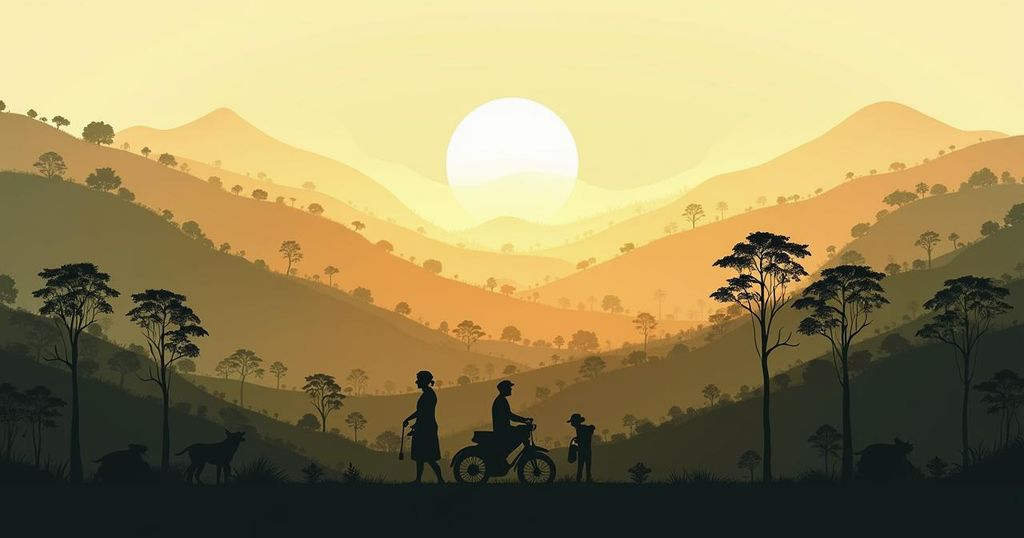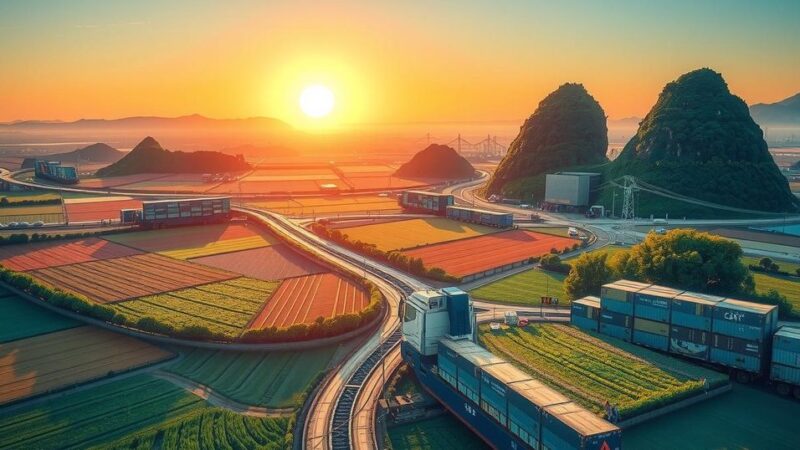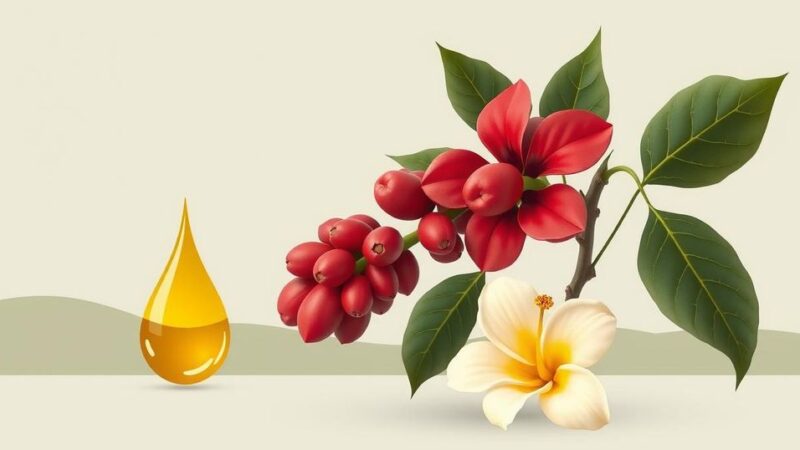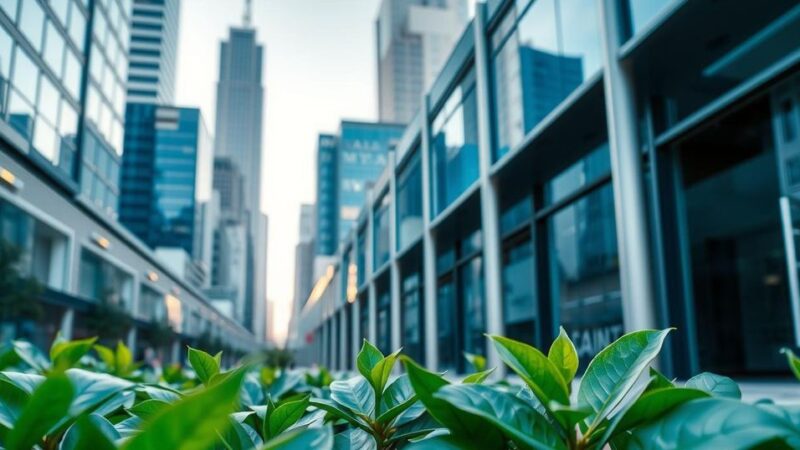Starbucks is investing in two new coffee farms in Central America to protect its coffee supply from climate change. The company will study hybrid coffee varieties at different elevations and soil conditions, as extreme weather poses significant risks to coffee production, driving up consumer prices. Starbucks also aims to tackle broader challenges faced by farmers, utilizing technology to improve productivity at its farms.
Starbucks has made a strategic investment in two additional coffee farms located in Central America, with the intention of safeguarding its coffee supply against the adverse effects of climate change. The company, which currently procures 3% of the world’s coffee, has faced increasing challenges due to extreme weather conditions that have placed significant pressure on coffee production. The new farms, situated in Costa Rica and Guatemala, will serve as experimental sites to assess how various hybrid coffee varieties adapt to differing elevations and soil types. This move follows Starbucks’ acquisition of its inaugural coffee farm in Costa Rica over a decade ago. The prevailing issues impacting coffee cultivation, such as rising temperatures and erratic weather patterns like La Nina, have led to diminished production levels, particularly in key coffee-producing regions like Brazil, where frost has notably reduced coffee volumes by as much as 50%. These supply disruptions not only affect the availability of Arabica beans but also translate into increased prices for consumers, with coffee prices having risen 18% over the past five years, according to the Bureau of Labor Statistics. Roberto Vega, the Vice President of Global Coffee Agronomy, Research and Development, and Sustainability at Starbucks, highlighted the gravity of the situation, indicating that “frosts in Brazil have already impacted volumes of up to 50%, so we can have really severe impact in terms of product availability, and that is more and more regular in the whole Coffee Belt.” At the newly acquired farms, Starbucks intends to conduct research on hybrid plants noted for their superior productivity and resilience against coffee leaf rust, a fungus exacerbated by warmer temperatures. Vega emphasized the variability of hybrid performance in different environments, stating, “We can develop new hybrids, but the fact that a hybrid works in one country and under certain conditions doesn’t mean that it’s going to be working everywhere.” Moreover, Starbucks seeks to address not only climate-related issues but also broader challenges that coffee farmers face. The Guatemalan farm, currently undeveloped with deteriorated soil, offers an opportunity for Starbucks to implement restorative practices that could benefit local farmers facing similar challenges. Vega remarked, “The farm is not necessarily in good shape, and that’s exactly what we were looking for. We wanted a farm that really mirrors the challenges that farmers are having today.” In a related initiative, at the second farm in Costa Rica, Starbucks plans to deploy drones and other mechanization technologies to mitigate labor shortages plaguing many Latin American farmers. Looking ahead, Starbucks intends to expand its agricultural efforts further by potentially acquiring two more farms in Africa and Asia, thereby enhancing its presence across the Coffee Belt. In light of these efforts, Starbucks aims not only to secure its coffee supply but also to contribute positively to sustainable agricultural practices within the coffee farming community.
The agricultural sector, especially coffee cultivation, is increasingly vulnerable to changing climate conditions, which threaten the stability of supply chains. Extreme weather events such as unexpected frosts, rising temperatures, and phenomena like La Nina have significantly impacted coffee production in major growing regions, necessitating adaptive measures from industry leaders like Starbucks. By investing in innovation farms, Starbucks aims to study various coffee strains and elevate its response strategies to these challenges, supporting both the sustainability of coffee as a product and the economic viability of coffee farmers.
Starbucks’ investment in new coffee farms in Central America reflects a proactive approach to mitigate the risks associated with climate change on coffee production. Through research and innovative agricultural techniques, the company aims to enhance the resilience of its coffee supply chain while simultaneously addressing challenges faced by farmers. This initiative not only contributes to the sustainability of coffee but also demonstrates Starbucks’ commitment to adaptive strategies within the agricultural sector.
Original Source: www.cnbc.com






